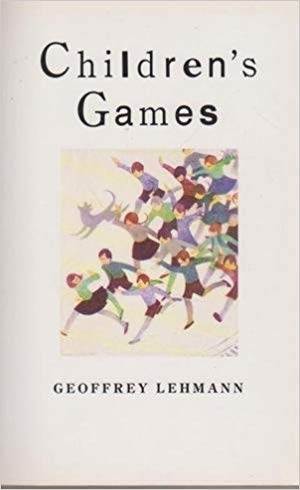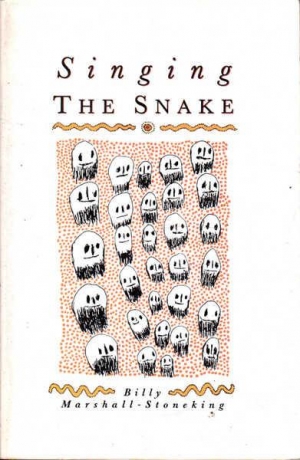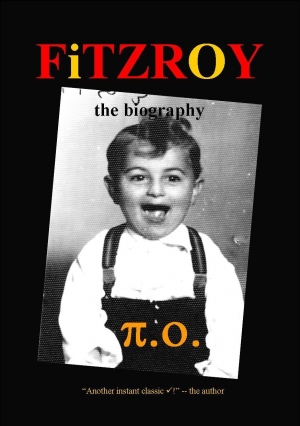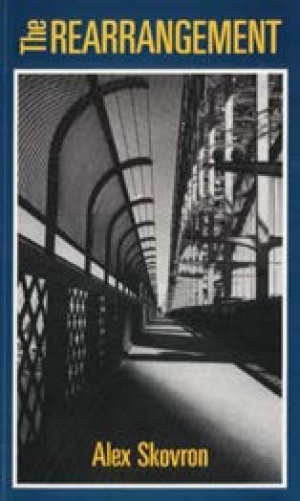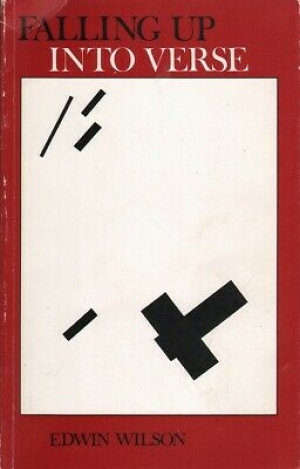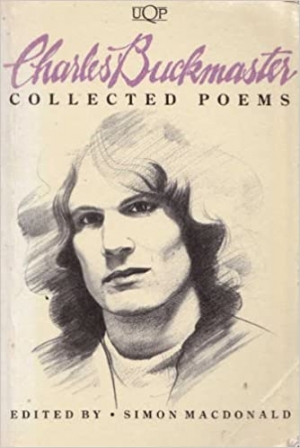Poetry
Simon Patton reviews 'The Earthquake Lands' by Hal Colebatch, 'The Winter Baby' by Jennifer Maiden, and 'To the Ocean & Scheherazade' by Richard Allen
One of the challenges confronting the writer of poetry is the balancing of public and private modes in an engaging and satisfactory whole. In these three collections the precarious possibilities of balance, of confiding and confronting, are attempted in very different ways.
... (read more)Philip Salom reviews 'Children’s Games' by Geoffrey Lehmann and 'The House of Vitriol' by Peter Rose
How different can two books be? Peter Rose’s first book, The House of Vitriol, is one of the first off the rank for the new Picador poetry series – and a sign of things to come. It is mercurial where Lehmann is mild. Rose’s style is very distinct: gaudy and revved up from the start.
... (read more)Kevin Brophy reviews 'Singing the Snake' by Billy Marshall-Stoneking
‘Singing the Snake’, the poem that opens this collection, tells the story of tribes gathering at Uluru in a time of drought when ‘people drank sand’. If the singing of the people was strong and true, the Snake of Uluru would push water out from the ‘place where every river in the world begins and ends’, so that it spilled from the top of the rock.
... (read more)Philip Hodgins writes with assurance and he has a fine ear for the rhythms of spoken Australian. This enables him to recreate the ‘tall story’ in poetic form with great facility and yet this very facility is at the same time limiting, since it restricts the writer largely to what has already been said (typically, he devotes seventeen pages in this collection to a poem entitled ‘The Way Things Were’). He becomes a reporter of stories, of histories and jokes rather than an explorer of the literary unknown. At times this leads him to take on not only the form of colloquial bar-room speech but the whole masculine ethos of this language with its prejudices, clichés, and resounding misogyny.
... (read more)Robert Adamson has as secure a reputation as any poet in this country apart from Les Murray. He rose to prominence in the latter part of the 1960s at the same time as John Tranter, but his affinity was not with the New York poets like John Ashbery and Frank O’Hara, but with the poets of Black Mountain: Charles Olson, Gary Snyder, and, most particularly, with the late Robert Duncan.
... (read more)Lasseter, it has been said, was a strange man, admired for his unusual and innovative ideas. He told a story of being caught during a storm in Central Australia: he put all his clothes in a hollow log, stood naked until the storm passed, and was then able to don his dry clothing. Though some claim that Lasseter was at Gallipoli, he did become the source of another great Australian myth of failure.
... (read more)Alan Wearne reviews 'The Fitzroy Poems' by Π.Ο. and 'Night flowers' by Thalía
Con the Fruiterer bears the same relation to Australia’s Greek community as the Melbourne Moomba procession does the Eight-Hour Day. Doubtless, there are Hellenic-Australians who relish the performance of whatever WASP funny-man plays him; some Australians are known to approve lovingly of Sir Les Patterson, but at least Barry Humphries always belongs to the nationality he portrays. What really propels Con is that Aussies feel he talks (and therefore thinks and probably acts) funny. It’s all an Edwardian ‘Coon Show’, with Mr Bones and Mr Interlocutor, 1980s style. The kind of society which tolerates this phenomenon with yawn-inspiring regularity (and terms it comedy) might be the subject for any number of sociology essays. Let’s hope that poets never attain the status of Con and his kind, though it’s a fair bet that poets find people far funnier than any comedian.
... (read more)From the very beginning of The Rearrangement the reader is involved in themes which will play repeatedly through the poems: learning, knowledge and memory, and the way in which these work to satisfy, or frustrate, a metaphysical sense of order, even truth.
... (read more)The prospect of reviewing a ‘Survival Manual for Live Poets’ was daunting enough, but became positively intimidating when I came across its author’s views on critics. Critics, he says, are like leeches and there’s only one way to deal with leeches: ‘take a small stick and insert it into the ... anus of the leech, pulling the leech back over the stick like a condom, impaling it, inside-out, like a shiskabab, ready to heat’.
... (read more)All poets have two chances of being remembered. A few, the strongest of their age, compose a handful of poems that resist time and indifference. Many more never attain anything like poetic strength, yet their works are preserved because they embody a particular style or period. It is still too early to judge where Charles Buckmaster will be placed in the ranks of Australian literature. Already, though, the process of canonisation has started, and at the very least Buckmaster is likely to be read as an exemplary figure of Australian poetry in the 1960s.
... (read more)
